
1 minute read
Water Connections Tour 2023
Day 4 started off with a visit to the Gladstone Sewage Treatment Plant which has undergone significant work to harvest energy as part of the Gladstone Region 2035 vision. The solids handling facility, including anaerobic digester and dewatering, underwent augmentation to include Biogas in 2018 and Council has partnered with Australian Gas Infrastructure Group to completely decarbonise the natural gas that is distributed. We then met with the Deputy Mayor, Councillors and staff from Gladstone Regional Council, discussing the need for more funding to flow to local governments to ensure they can deliver essential services.
Thanks also to the Gladstone Area Water Board for showing us the soon-to-launch Aquaculture Gladstone multi-species hatchery at Lake Awoonga which forms part of the Lake Awoonga Recreation Strategy. We were also treated to a walk underneath the dam spillway to see some amazing views of the lake.
Advertisement
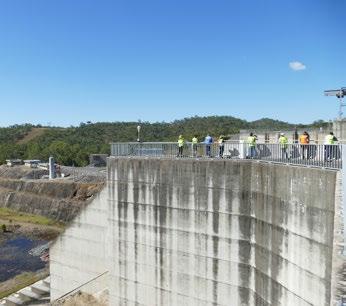
We continued to Childers for a site tour of the sparkling new Gregory River Water Treatment Plant and the Childers Sewage Treatment Plant which is currently experiencing encroachment from residential development with the associated odour issues. Thanks to Narelle D’Amico and Bundaberg Regional Council staff for showing us around.
The final day of the tour ended on a high note with a site visit of the Aubinville Sewage Treatment Plant. A big shout out to Trevor Dean and the team from Fraser Coast Regional Council for showing us around. The plant is currently undergoing an upgrade, so we got to experience both the old and the new.

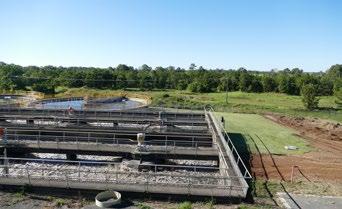
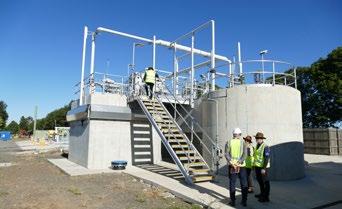
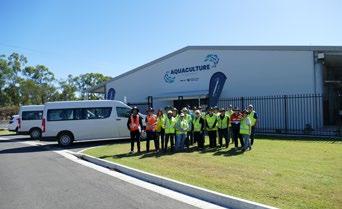
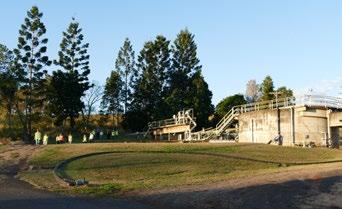
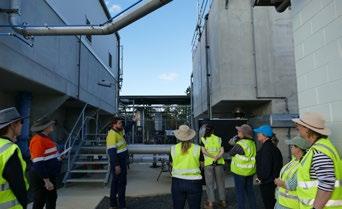
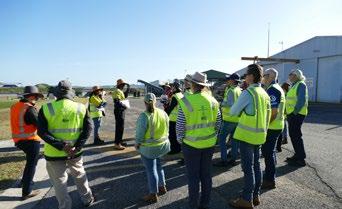
After a jam-packed week and some 2000 kms travelled, we have a lot of information to digest. It was clear that, while each location was different, they all face similar challenges around resourcing and attraction and retention of staff.
To quote one of the participants, each region was “same same, but different”. One element is very clear, the passion and commitment from water service teams across the tour area.
Until you are on the ground and can visually see the landscape and assets and meet with people, it is difficult to comprehend the great job which occurs in our regions.
We hope that the tour provided courageous conversations about the challenges and assists with identifying opportunities to leverage collaboration and connections to improve services to regional and remote communities.









